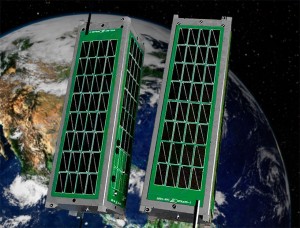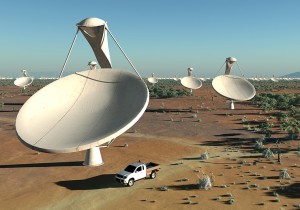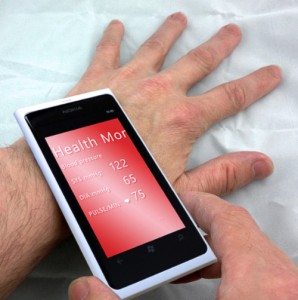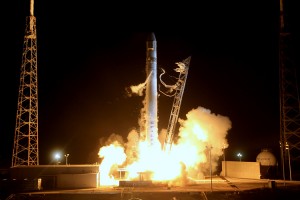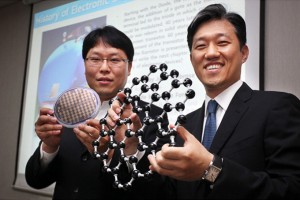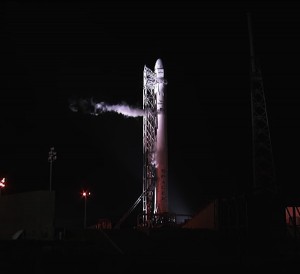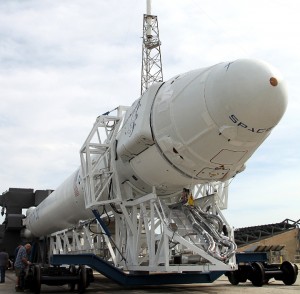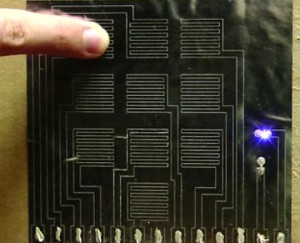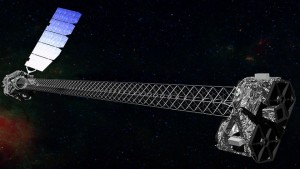
This morning NASA’s Nuclear Spectroscopic Telescope Array (NuSTAR) launched over the central Pacific Ocean at 9 a.m. PDT (noon EDT). It’s main objective is to unveil secrets of black holes using a unique set of eyes to see high-energy X-ray light from the cosmos.
“We all eagerly await the launch of this novel X-ray observatory,” said Paul Hertz, NASA’s Astrophysics Division Director. “With its unprecedented spatial and spectral resolution to the previously poorly explored hard X-ray region of the electromagnetic spectrum, NuSTAR will open a new window on the universe and will provide complementary data to NASA’s larger missions, including Fermi, Chandra, Hubble and Spitzer.”
Continue reading “NASA’s NuSTAR observatory launched this morning”

